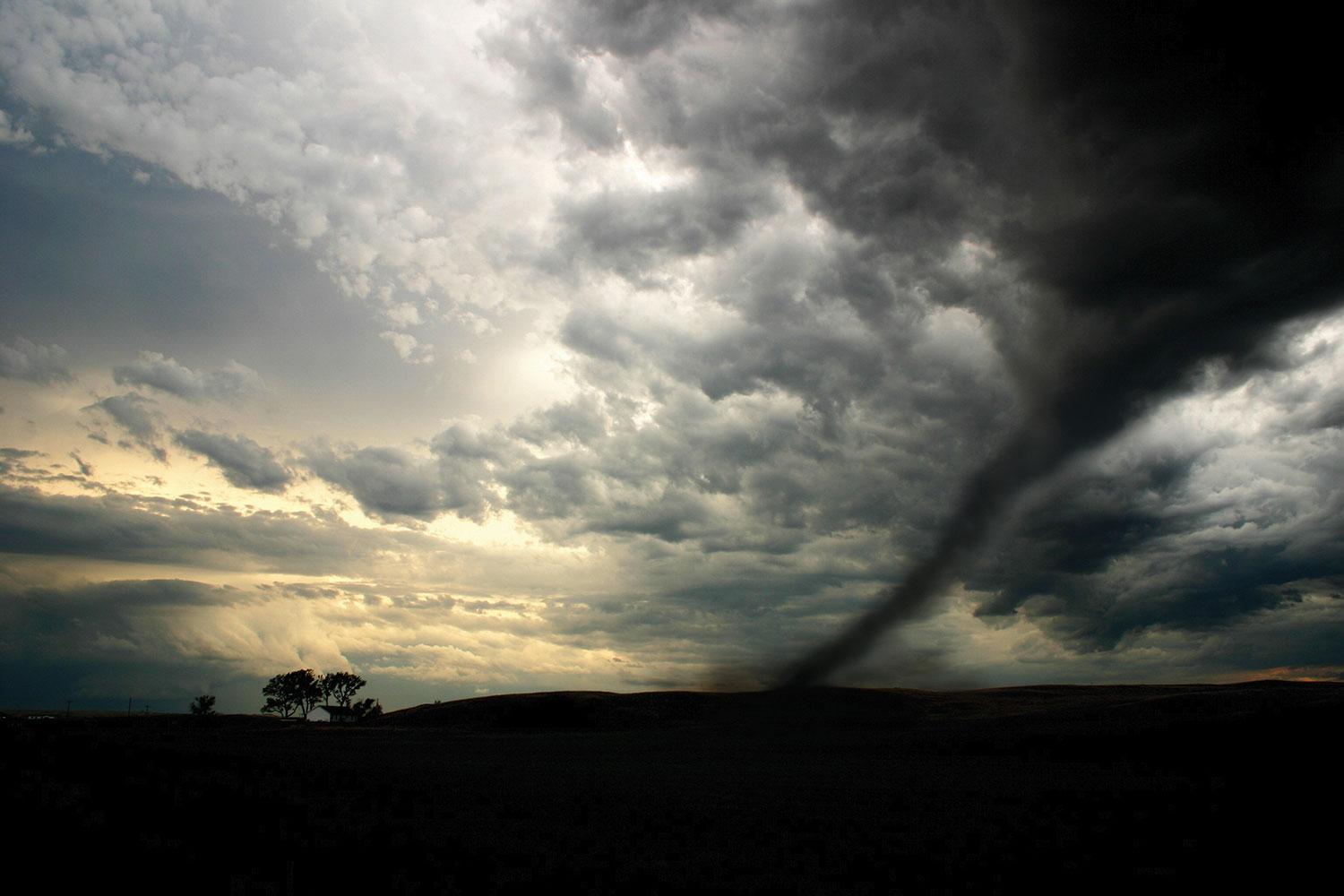
New Research Group Faces Stormy Future — and That’s the Point

The Tempest was built for perilous conditions. Plenty lie ahead.
A 12-pound unmanned aerial vehicle (UAV) primarily developed at CU-Boulder will play a key role in the field work of a new severe weather research consortium established by CU and the University of Nebraska-Lincoln.
Scientists hope to discover why an extreme type of rotating thunderstorm called a supercell sometimes generates tornadoes and sometimes doesn’t, information that, if known in advance, could aid disaster preparations.
“The worst tornadoes come from supercells,” says Brian Argrow, a professor of aerospace engineering at CU and co-director of the new Unmanned Aircraft System and Severe Storms Research Group (UASRG). “Ultimately everything we’re doing is tied in to saving lives by improving tornado warnings.”
Argrow and his team have sent the Tempest into storms before and expect the battery-powered, autopiloted aircraft and a successor in development to serve experiments throughout “tornado alley,” the Great Plains storm region covering the area from north Texas to North Dakota and Colorado to Kansas.
Made of fiberglass and carbon fiber, the Tempest can fly continuously for 60 minutes and reach speeds of 100 miles per hour. It can measure temperature, relative humidity, wind speed and atmospheric pressure.
CU owns three Tempests, all in the care of the College of Engineering’s Research and Engineering Center for Unmanned Vehicles (RECUV), directed by Eric Frew, associate professor of aerospace engineering.
“We haven’t lost one yet,” says Argrow.
Adam Houston, an atmospheric scientist at the University of Nebraska, is also a co-director of the new group, which has more than a dozen member institutions.
The group has negotiated federal approval to fly UAVs, often called drones, into storms over a vast swath of Colorado, Nebraska, Kansas and Wyoming and is seeking permission to fly in Texas and Oklahoma.
Photography © iStock/Sonifo

